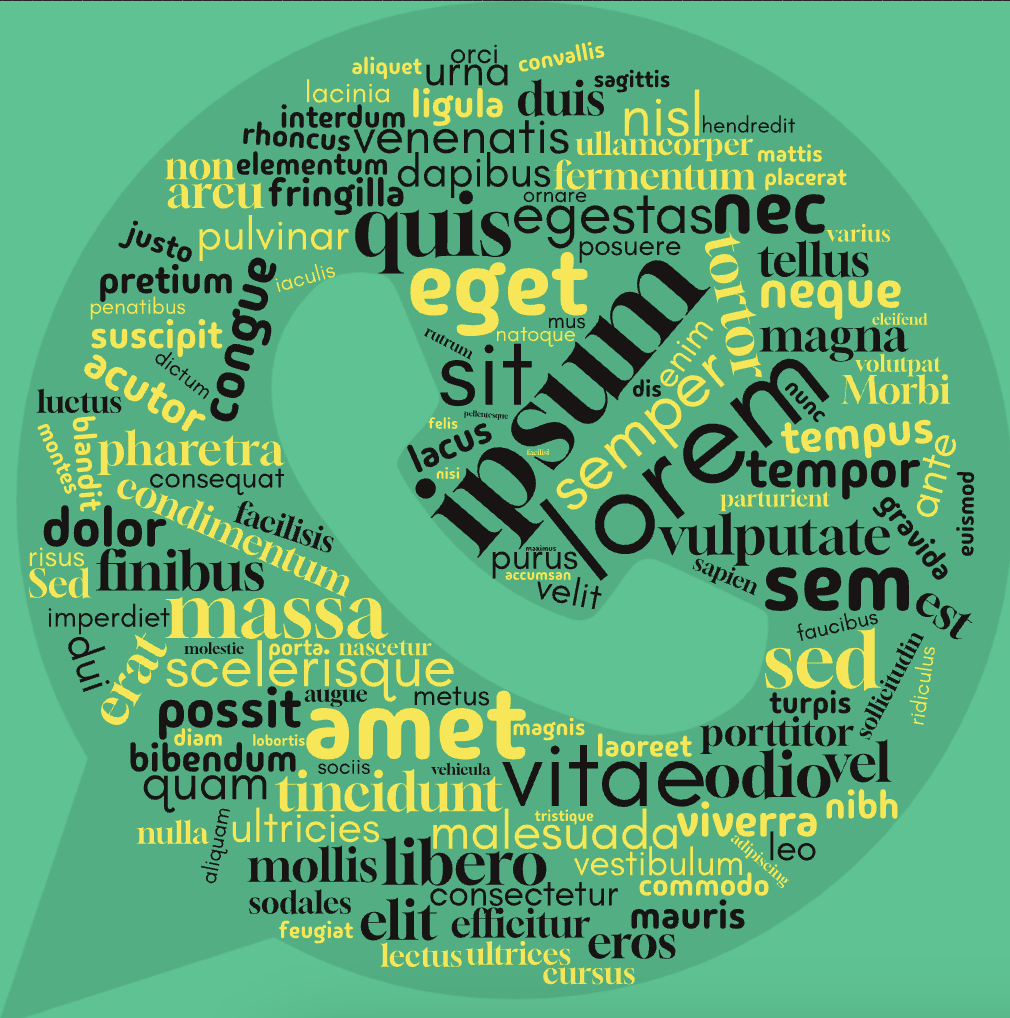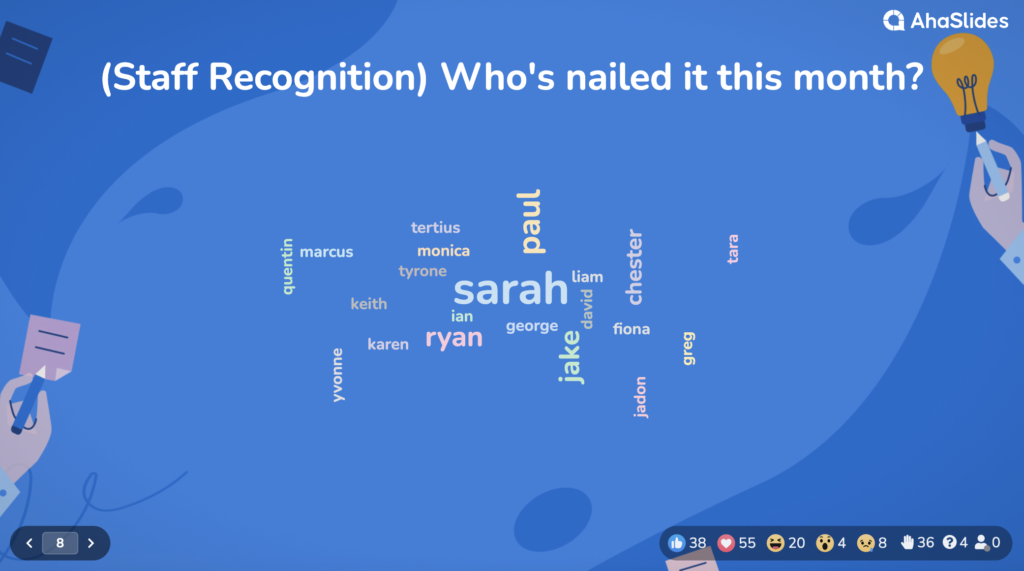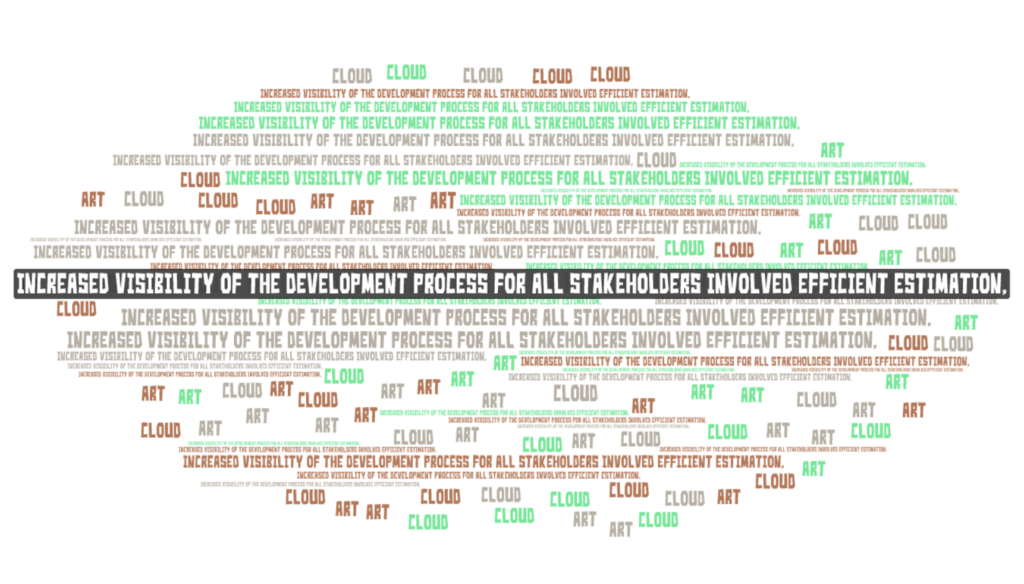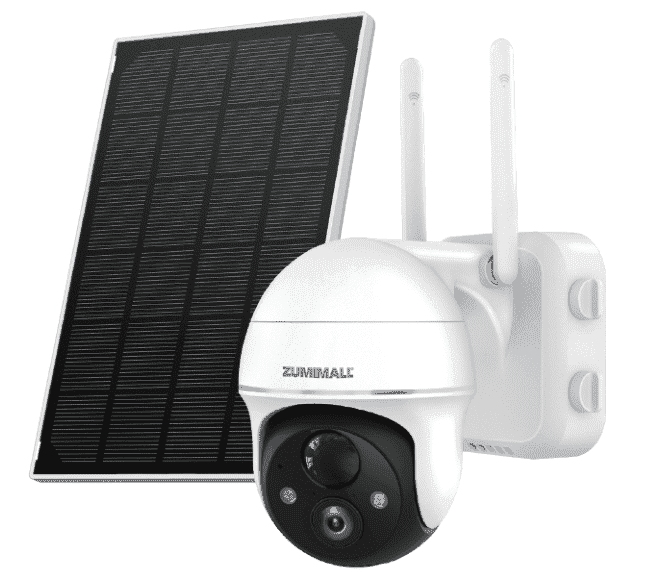Word clouds, also known as tag clouds, are visual representations of text that showcase the most frequent words in a document. But what if you want to go beyond single words and create clouds that group related phrases together? Let’s explore some free tools that can help you create sophisticated phrase clouds for your projects.
What Are Phrase Clouds?
Unlike traditional word clouds that display individual words, phrase clouds can group related terms and show how they connect. For example, instead of showing “artificial” and “intelligence” as separate words, a phrase cloud might display “artificial intelligence” as a single unit, making the visualization more meaningful.
Top Free Phrase Cloud Generators
1. WordClouds.com
Key Features :
- support multi – word phrase
- Custom color schemes
- Multiple shape options
- export in various format
WordClouds.com stands out for its user-friendly interface and ability to recognize common phrases automatically. You can paste your text directly into the editor, and it will identify frequent word combinations. The tool also lets you manually join words to create custom phrases.

2. AhaSlides Word Cloud Generator
Key Features :
- Smart phrase detection
- Clean, modern design
- Real-time preview
- One-click sharing
AhaSlides is phrase ’ phrase cloud maker display the word cloud input by the audience in real time . It is group can also group phrase that have the same meaning together , make it easy for the host to analyze the word cloud in event where many people participate .

3. Word Art
Key Features :
- Advanced phrase grouping
- Custom fonts
- Interactive results
- high – resolution export
word Art is excels excel at create visually striking cloud with group phrase . Its strength is lies lie in its ability to maintain phrase relationship while create aesthetically pleasing design , but I personally would place it in 3rd place because of how hard it was to insert text . You is have will have to press ‘ enter ’ each time you want to put a new phrase in .

4. Python’s WordCloud Library
Key Features :
- Fully customizable
- Programmable rules for grouping
- integration with data analysis
- Free and open-source
For those comfortable with code , Python‘s WordCloud library is offers offer the most flexibility . You is write can write custom rule for phrase detection and create stunning visualization programmatically .
from wordcloud import WordCloud
# Example code to create a basic word cloud
text = "Your text here..."
wordcloud = WordCloud(collocations=True, # Enable phrase detection
max_words=100,
background_color='white').generate(text)Tips for Creating Effective Phrase Clouds
- Clean Your Text First
- Remove unnecessary punctuation
- Standardize capitalization
- Delete irrelevant words or phrases
- Group Related term
- identify common phrase in your field
- Keep important multi-word concepts together
- Maintain consistency in grouping
- Choose the Right Colors
- Use contrasting colors for better readability
- Consider color psychology
- Maintain brand consistency if needed
- Size Appropriately
- Make important phrases larger
- ensure small text is still readable
- Balance the visual weight
Common Use Cases
- Content Analysis: Quickly visualize the main topics in articles or documents
- Social Media Monitoring : Track trend phrase and hashtag
- Research Synthesis: Summarize key findings from multiple papers
- Brand Monitoring: Track how people discuss your products or services
- education : create engage visual summary of learn material
Limitations to Consider
While phrase clouds are powerful visualization tools, they do have some limitations:
- May miss context or sentiment
- Can be misleading if not properly configured
- Might overemphasize common but unimportant phrases
- Some tools is have have restriction on free version
get start
Choose a tool based on your needs:
- For quick, simple clouds: Try WordClouds.com
- For live result with participant : Use AhaSlides
- For artistic designs: Go with Word Art
- For custom solutions: Use Python’s WordCloud
Remember to experiment with different settings and approaches to find what works best for your specific use case.
© Copyright notes
The copyright of the article belongs to the author, please do not reprint without permission.
Related posts

No comments...




